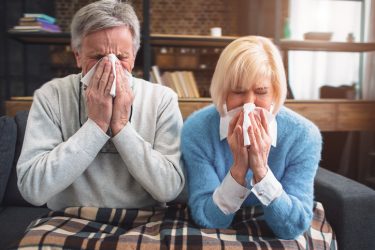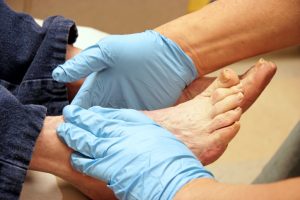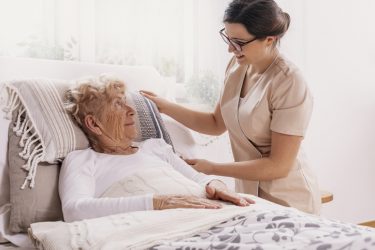Do you need home care? Or is it home health care you need?
Even though people have historically used these terms interchangeably, they are not.
You are probably doing the research and finding it overwhelming.
Which one do you need? What does each entail?
You’re in the right place!
In today’s post, we will look at home care versus home health care, what each one of them means and what you can expect depending on the path you need.
The Difference
Home care
Home care focuses on helping you or your loved one to age in place. As more people age and more choices become available, people want to be able to continue to stay in their homes instead of going to live in a nursing home or assisted living community. The benefits of choosing a professional home care agency that sends home care aides to your home include:
-
- You receive personalized care and assistance. Nobody is rushing off to help someone else.
- You can get help with activities of daily living such as bathing, dressing up and toileting.
- Depending on the home care agency, you can also get transportation assistance.
- Light-housekeeping is also something you would be able to enjoy with the right home care agency.
- Companionship – Need to go to the store, a home care aide can help with that.
And so essentially, home care allows you to enjoy your life they way you’ve lived it for years…but with extra help so you can get it all done.
It is important to know that while home care aides typically have some training, they are not medical professionals and so cannot perform those duties.
If there is a medical condition for which you or your loved one needs the corresponding medical care, home health care is the choice you would make.
Home Health Care
Home health care is an excellent choice for you or your loved one if you have a medical condition that requires it and a doctor prescribes it.
That’s right.
In most states, you need a doctor to prescribe home health care in order to get it.
In this instance, you will most likely to be interacting with healthcare professionals such as registered nurses, physical therapists and certified nurses’ aides.
With home care, you can expect the following types of care:
- Medication administration
- Wound care
- Physical therapy
- Medical equipment monitoring
- Nursing care – a registered nurse under the direction of a medical doctor will set up a plan of care for people recovering from an illness or who need in-home medical monitoring
- Occupational therapy
- Speech therapy
- Medical social services – A medical social worker may be assigned to a case to be the case manager. In this case, they will help to coordinate all the services you or your loved one needs.
- Nutritional support
- Pharmaceutical services
And this is just a handful of services you can receive when you receive home health care.
As you can see, home health care is involves a lot more than home care.
How do I know if I need home care or home health care?
If you have recently been admitted to the hospital or had surgery and need extra care at home to help you recover, you will most likely need home health care.
Home health care is usually a short-term solution unlike home care which could be a long-term arrangement.
On the other hand, if you just need the type of care that allows you to continue thriving in your home and need minimal medical assistance, home care is the choice for you.
I hope this will be helpful to you and clarifies which type of care; home care and home health care; you might need.










